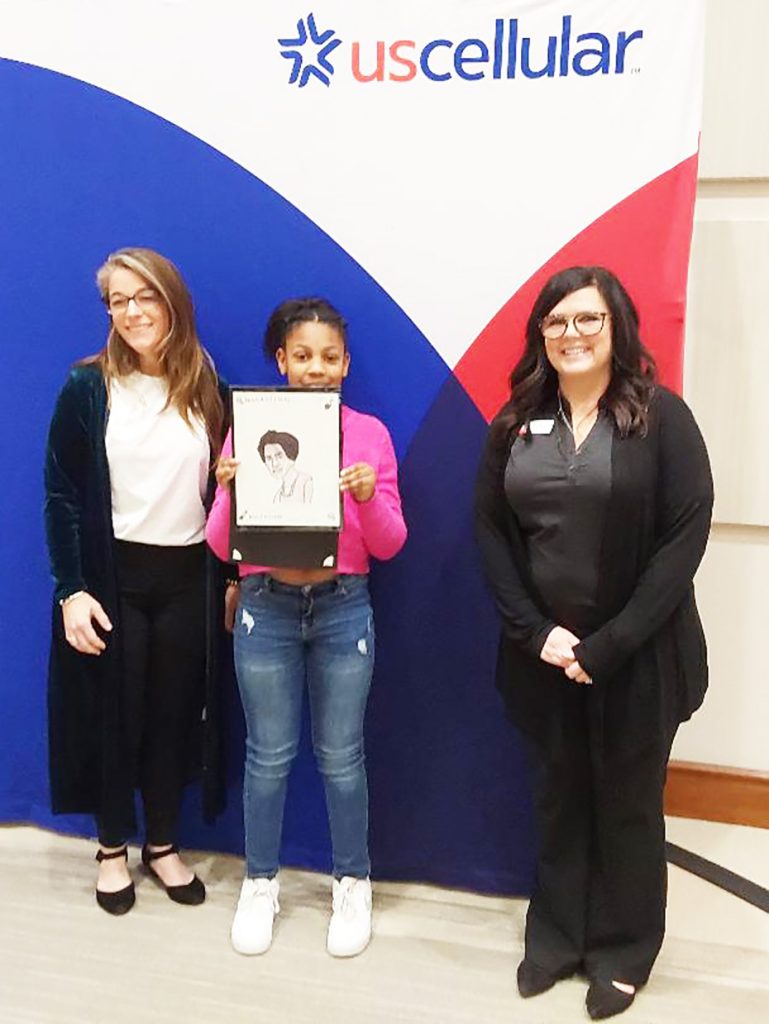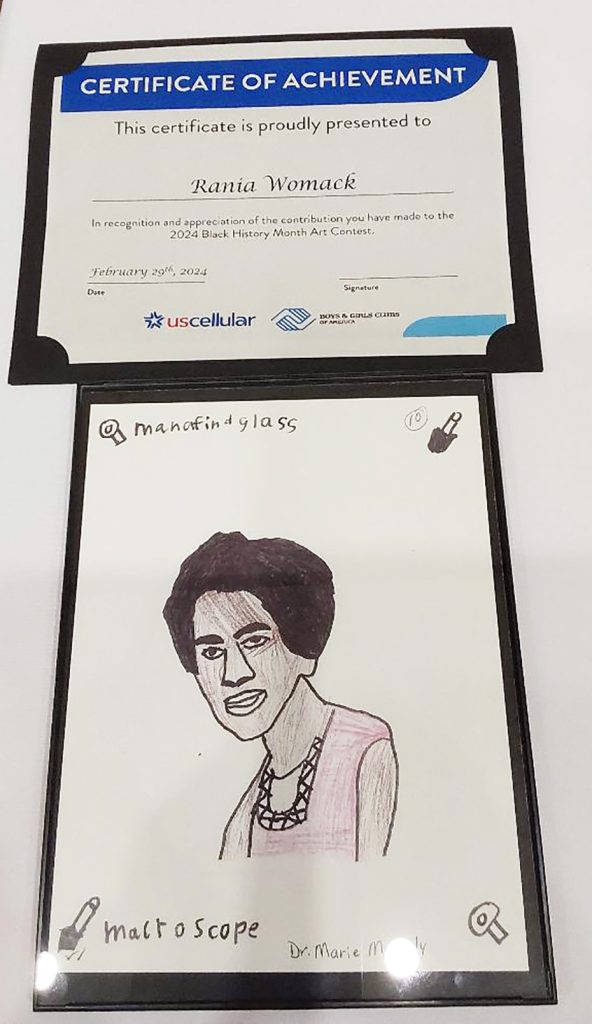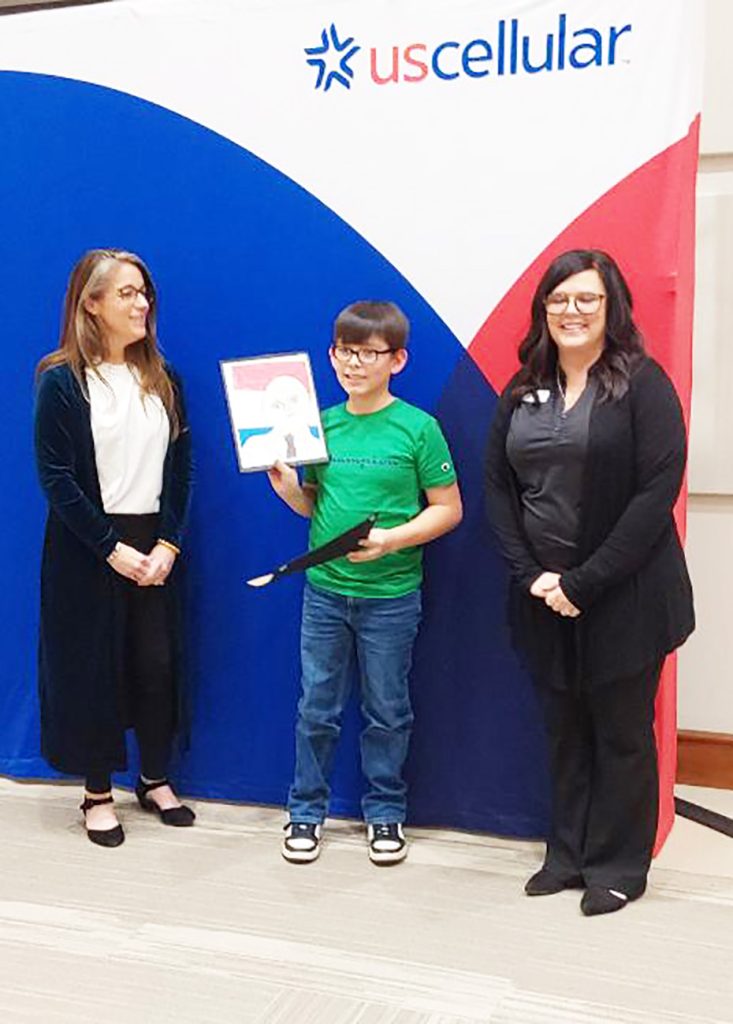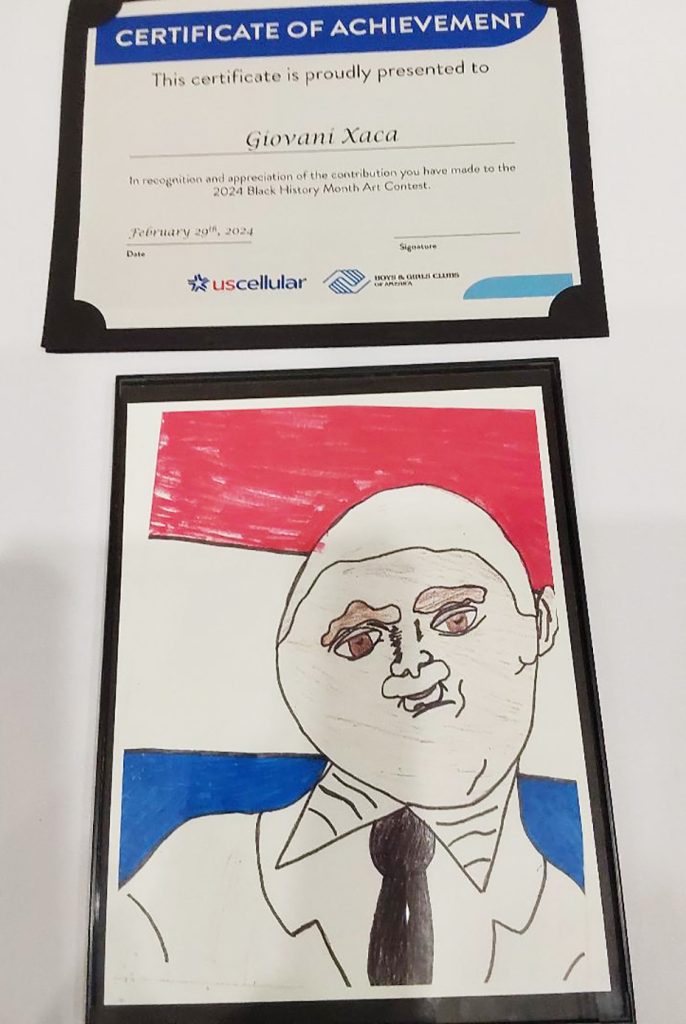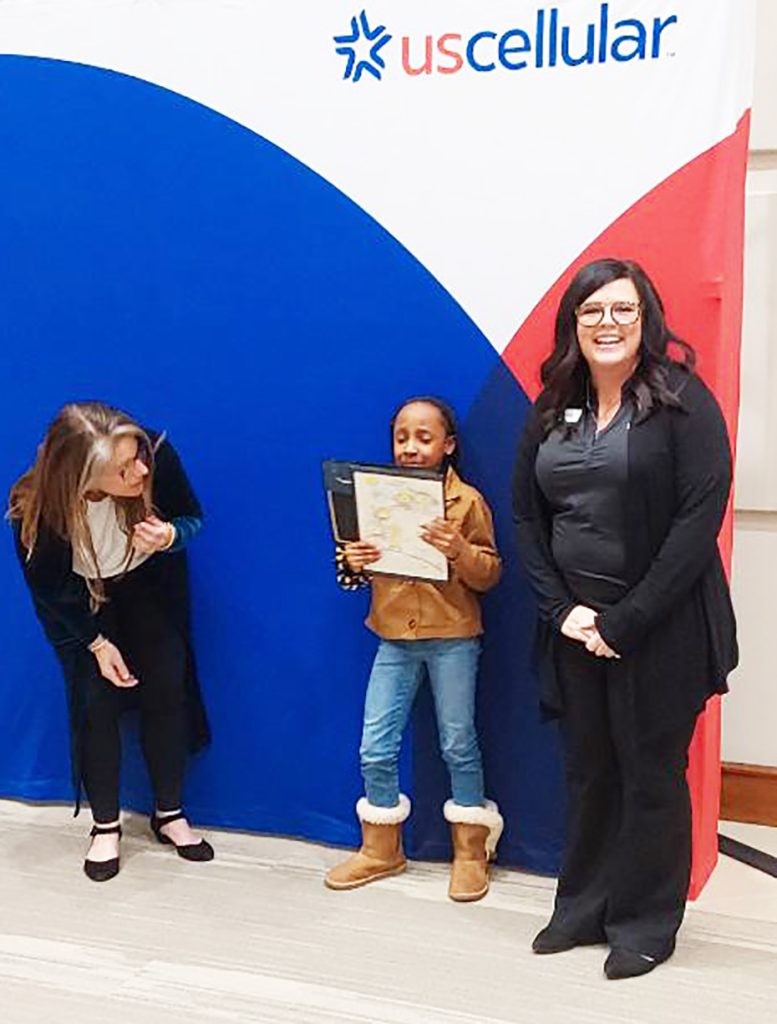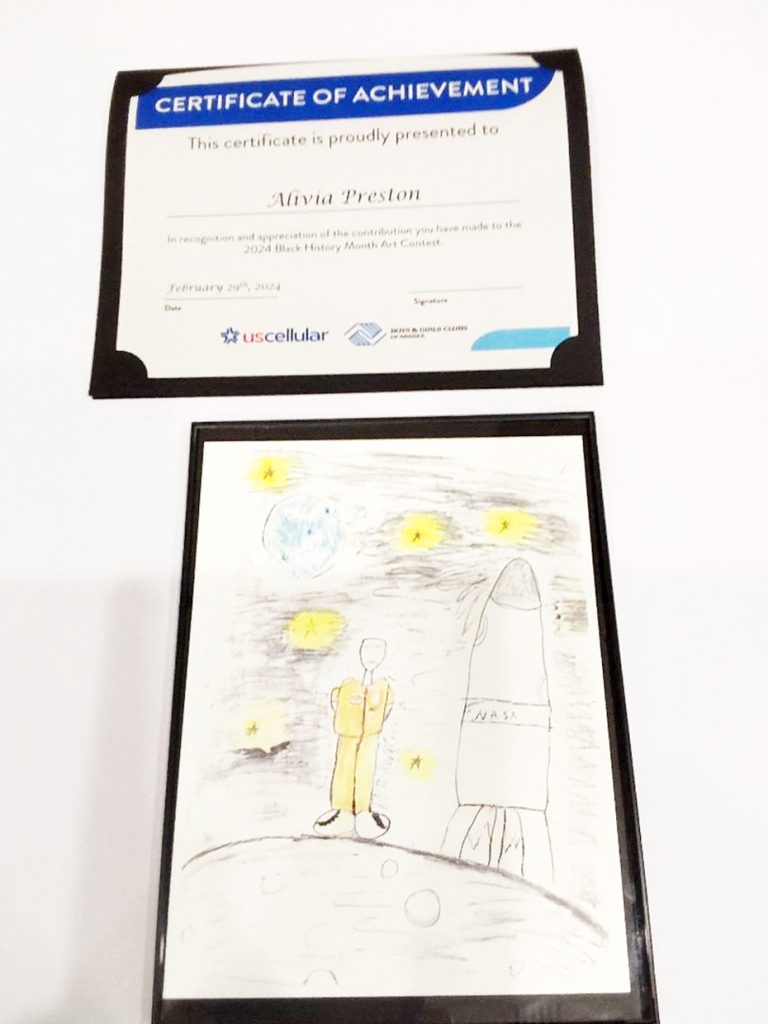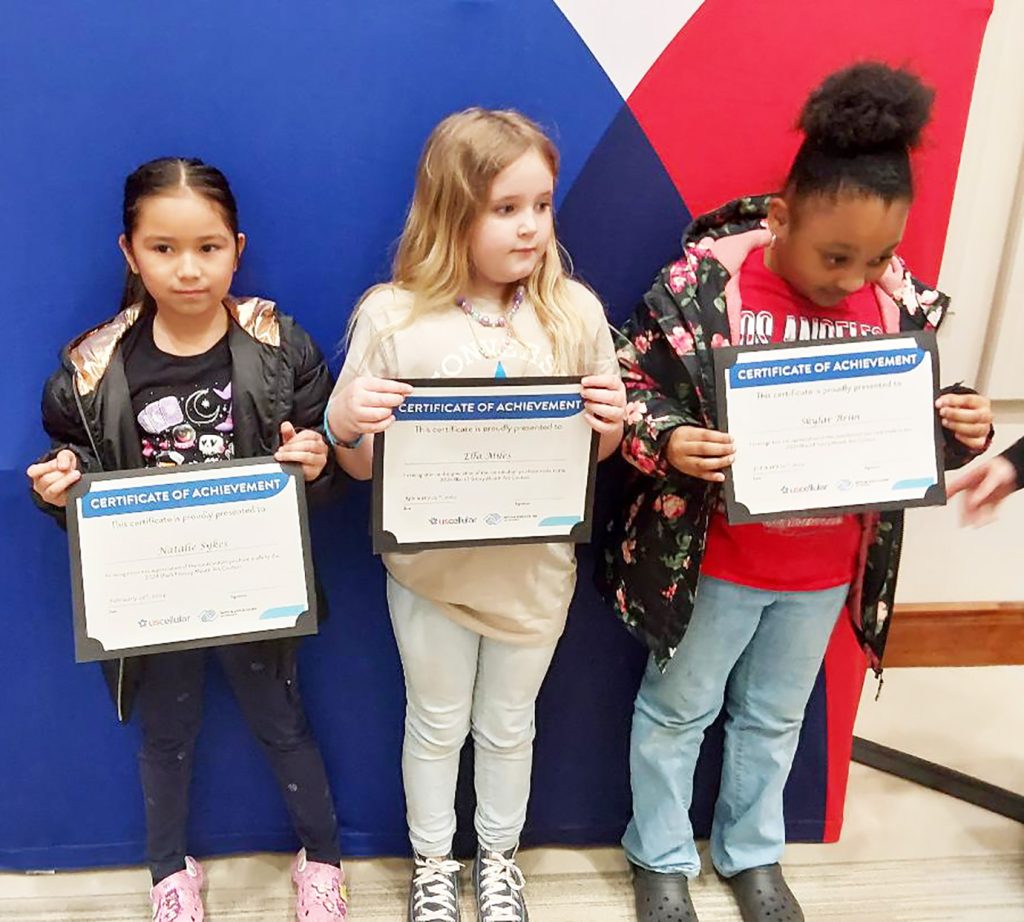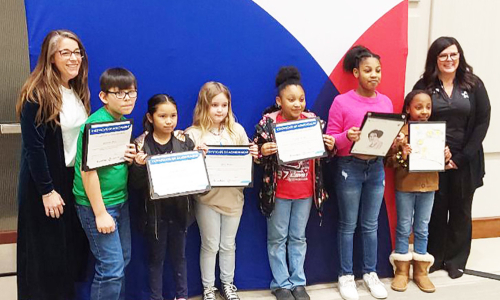Winners of the 9th annual Black History Month Art Contest were announced Feb. 29 during a ceremony at the New College Institute in Martinsville.
Students participating in the contest were tasked with producing original pieces of artwork depicting important historical figures, such as scientists, educators, or world leaders that have made an impact in Science, Technology, Engineering, and Mathematics (STEM).
Several members of the Boys & Girls Club of the Blue Ridge participated.
Joanie Petty, director of the organization, said, “Boys & Girls Club participants submitted artwork for the Black History Month contest, with the top ten finalists chosen by the Boys & Girls Club of the Blue Ridge.”
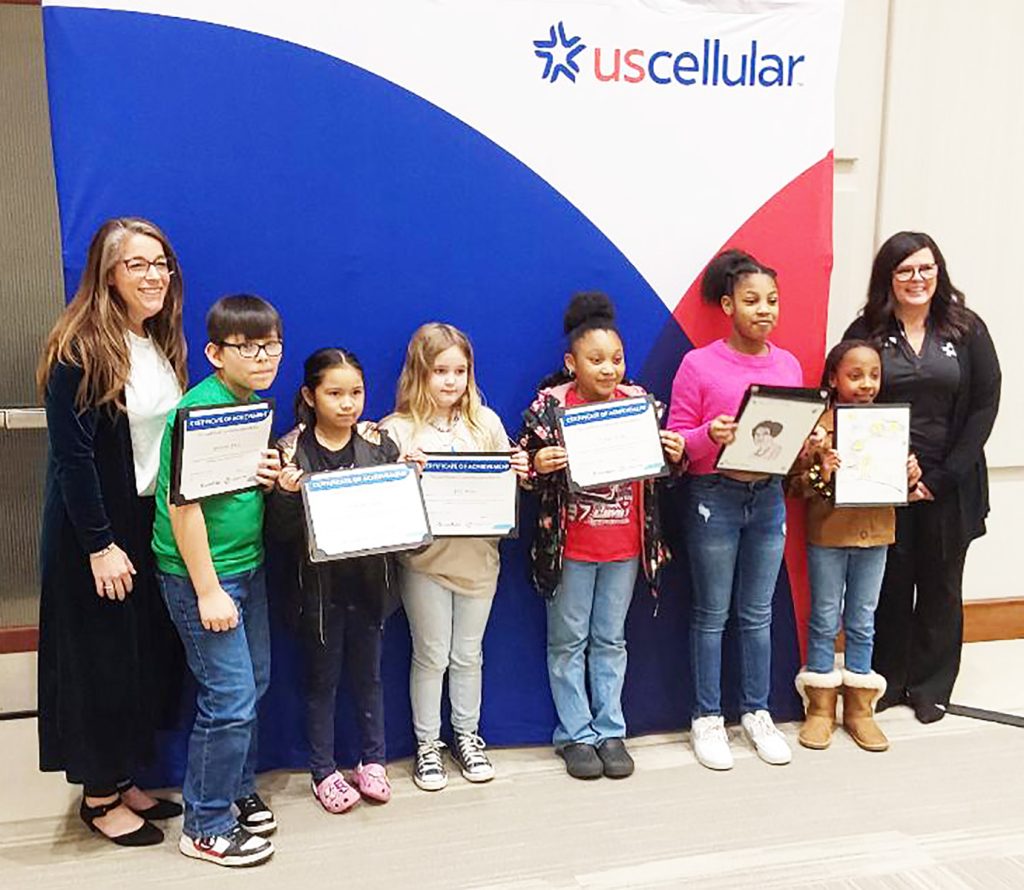
UScellular Store Manager Leslie Martin added, “Those top ten winners were put online by UScellular, and friends, family, or anybody could go online and vote for the top three winners.”
Public voting for the ten finalists was available online throughout February.
Winning artists were awarded gift cards:
Alivia Preston received $250 for 1st place portrait of astronaut Mae Jemison.
Giovanni Xaca received $150 for 2nd place portrait of George Washington Carver.
Rania Womack received $100 for 3rd place portrait of Dr. Marie M. Daly.
“We do many events with the Boys & Girls Club of the Blue Ridge, not only Black History Month Art Contest,” Martin said. “Over the last several years we’ve participated in other activities such as providing hot spots and modems so that students could do homework if they didn’t have Internet capabilities. A lot of our Boys & Girls Club students need additional support like that to be able to have internet connectivity at home and UScellular understands that need.”
“We take a lot of pride in what we’re doing with communities throughout the nation with our network,” said Mid-Atlantic Sales Manager April Taylor.
“We really enjoy working with the Boys & Girls Clubs of the Blue Ridge to celebrate Black History Month and to highlight the achievements of Black icons.” said Martin.
“UScellular has a corporate partnership with Boys & Girls Clubs across the country, wherever there are offices,” Martin said. “Every year we are able to participate in Black History Month art competition, and we also have received 400 hotspots for our clubs. Comcast gave us laptops, so then we could provide both laptops and hotspots to students in need. This has also spread to other programs such as Booster clubs for softball or volleyball. We have given the concession stands hotspots to link to their Square so they can run concessions and not have to take cash payments. This saves a ton of money and time.”
“We’re bringing a service to an entity that didn’t have access and it changes revenue for them as cash is not king anymore, and it changes the environment making it safer,” Taylor said.
UScellular’s After School Access Project provides mobile hotspots and two years of service to nonprofits that support youth after the school day has ended and provides safe internet access for homework and education. To date, UScellular has reached 200,000 youth with STEM resources to shape future opportunities, connected more than 40,000 youth to Wi-Fi access, donated more than $12 million in hotspots and service, contributed 16,000 volunteer hours, and matched $250,000 in personal donations.
